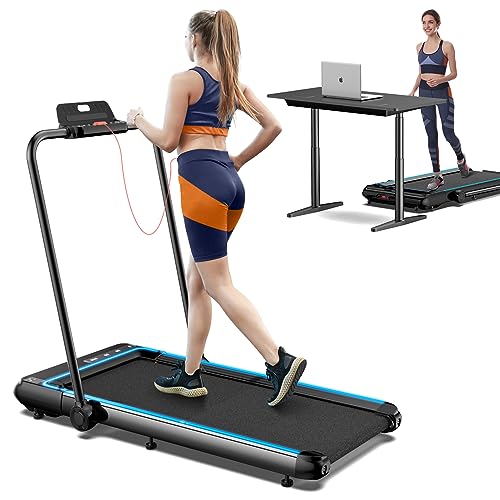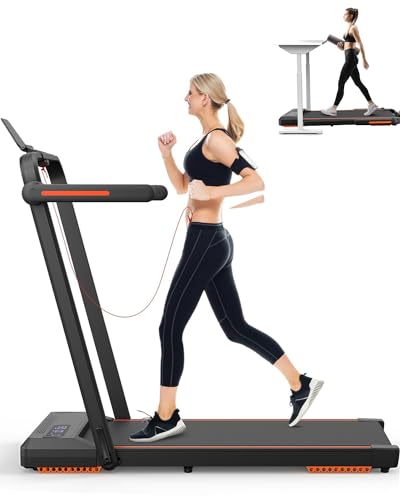Where Can You Find The Top Tread Mill Information?

The Treadmill: A Comprehensive Guide to Understanding and Utilizing This Fitness Machine
Treadmills are a staple in fitness centers and homes alike, serving as a reliable tool for cardiovascular workout. With their flexibility and variety of features, treadmills deal with users of all physical fitness levels. This short article explores the ins and outs of treadmills-- covering their benefits, types, use ideas, maintenance, and a lot more.
The Benefits of Using a Treadmill
Using a treadmill can supply many health benefits, making it a popular option among physical fitness enthusiasts. Below are some key advantages:
Cardiovascular Health: Regular treadmill use can improve heart health by increasing aerobic capacity and cardiovascular endurance.
Weight Management: Treadmills allow users to burn calories efficiently, assisting in weight loss or management.
Convenience: With the ability to work out inside your home, treadmills get rid of environmental barriers, like weather and time constraints.
Adaptability: Users can control speed, incline, and exercise period, allowing them to customize their exercise regimen to fit their needs.
Joint Impact: Many modern treadmills offer cushioning, which can minimize the impact on joints compared to working on difficult surfaces.
This extensive guide examines the various types of treadmills and what functions to consider when purchasing one.
Kinds of Treadmills
Choosing the right kind of treadmill depends on specific fitness objectives, budget plan, and readily available space. Here are the different ranges:
1. Handbook Treadmills
- Meaning: These treadmills run without motors; users power the belt through their movements.
- Advantages: Typically more budget-friendly and energy-efficient.
- Downsides: Limited features and less stability compared to motorized choices.
2. Motorized Treadmills
- Definition: Equipped with motors to control belt speed and incline.
- Benefits: Versatile includes like predetermined programs and digital displays.
- Disadvantages: More expensive and require electrical outlets.
3. Folding Treadmills
- Meaning: Treadmills that can be collapsed to conserve area when not in usage.
- Advantages: Ideal for those with minimal area.
- Disadvantages: May not be as sturdy, depending on the model.
4. Industrial Treadmills
- Meaning: High-quality, sturdy machines created for frequent usage in fitness centers.
- Benefits: Built to stand up to strenuous exercises with features suited for varied training requirements.
- Downsides: Generally more expensive and larger.
5. Smart Treadmills
- Definition: Treadmills geared up with clever innovation that tracks workouts and provides virtual training.
- Benefits: Interactive features improve the user experience.
- Drawbacks: Higher costs and prospective for technical problems.
Functions to Consider When Buying a Treadmill
When buying a treadmill, it's crucial to evaluate its functions according to personal needs and budget. Important features consist of:
Motor Power: Measured in horsepower (HP); a motor in between 2.0-- 3.0 HP is suitable for many users.
Running Surface: The belt size need to accommodate your stride. A surface area of a minimum of 20" x 55" is typically advised.
Incline Options: Look for a treadmill offering various incline levels to simulate outdoor running and boost exercise intensity.
Weight Capacity: Ensure the treadmill can support the user's weight; most can accommodate weights in between 250 pounds and 400 lbs.
Cushioning: Good quality cushioning effects walking or running comfort and can help prevent injuries.
Foldability: If space is a concern, consider a treadmill that can be folded.
Technology: Features like heart rate screens, workout programs, and Bluetooth connectivity can improve the user experience.
Table: Key Features and Considerations
| Function | Importance |
|---|---|
| Motor Power | Vital for consistent performance and user weight capacity. |
| Running Surface | Effects user comfort and stride length; bigger surface areas are better for taller individuals. |
| Incline Options | Enables varied workouts and targets different muscle groups. |
| Weight Capacity | Crucial for security and sturdiness; choose a design that supports your weight. |
| Cushioning | Lowers joint effect and makes workouts more comfortable. |
| Foldability | Important for users with restricted space. |
| Innovation | Improves workout experience and can provide important tracking information. |
Tips for Effective Treadmill Workouts
To maximize the advantages of utilizing a treadmill, think about the following tips:
Warm-Up and Cool-Down: Always begin with a 5-10 minute warm-up and finish with a cool-down to avoid injury.
Differ Your Workouts: Mix walking, running, and running to keep things intriguing and work different muscle groups.
Include Incline: Use incline settings to challenge yourself and increase calorie burn.
Stay Hydrated: Keep water nearby to stay hydrated during your workouts.
Listen to Your Body: Pay attention to any discomfort or fatigue; rest when essential.
Treadmill Maintenance Tips
To make sure durability and optimal performance of a treadmill, routine maintenance is essential. Key upkeep practices consist of:
Lubrication: Frequently lubricate the running belt for smoother operation.
Cleaning up: Wipe down the machine after each usage to avoid dust and sweat accumulation.
Tightening up: Regularly inspect and tighten up loose bolts or screws.
Examine the Belt Alignment: Ensure the belt is lined up properly, changing as needed for even use.
Regularly Asked Questions (FAQs)
1. How typically should I use a treadmill for weight loss?
Utilizing a treadmill for at least 150 minutes of moderate-intensity aerobic workout each week can add to weight-loss.
2. Can I walk on a treadmill every day?
Yes, walking on a treadmill daily can be advantageous; nevertheless, integrating day of rest is advisable to prevent overuse injuries.
3. What should I use when using a treadmill?
Go with comfortable, moisture-wicking clothing and encouraging shoes to boost your workout experience.
4. Is it much better to walk or run on a treadmill?
Both walking and running deal distinct benefits; the very best option depends upon your fitness level, objectives, and individual choice.

5. Exist particular treadmills designed for little spaces?
Yes, folding treadmills and compact designs are ideal for small spaces. Constantly examine measurements before buying.
The treadmill remains a versatile and extensively utilized piece of fitness equipment. Its blend of convenience, adaptability, and efficiency makes it appropriate for users varying from newbies to experienced athletes. By comprehending the various types and features, in addition to integrating varied workouts, users can maximize the benefits of their treadmill regimen. Whether for cardiovascular training, weight reduction, or simply maintaining an active lifestyle, treadmills provide a reputable avenue for accomplishing physical fitness goals.





